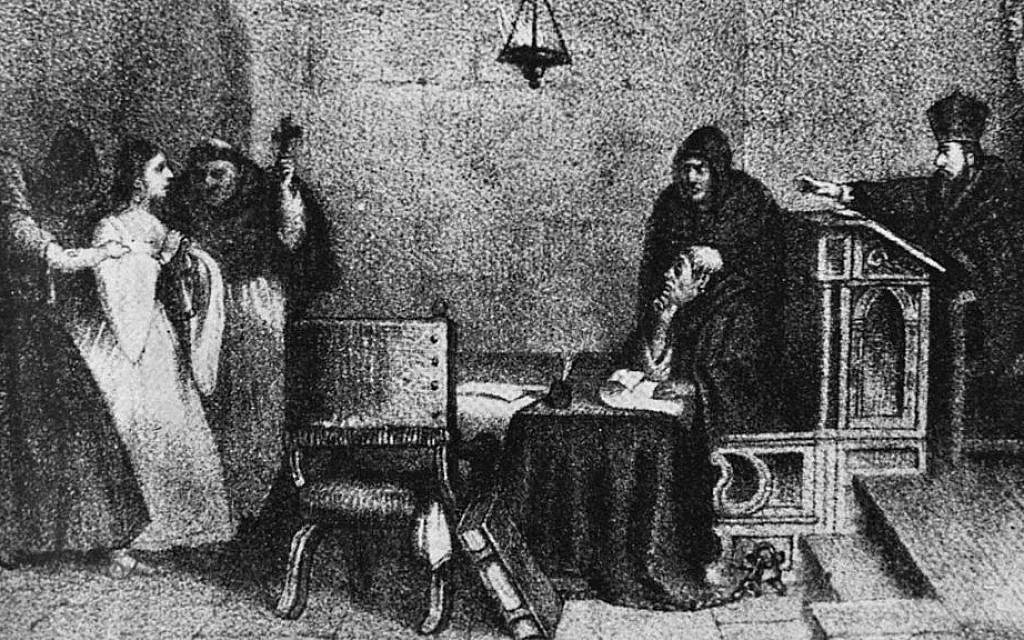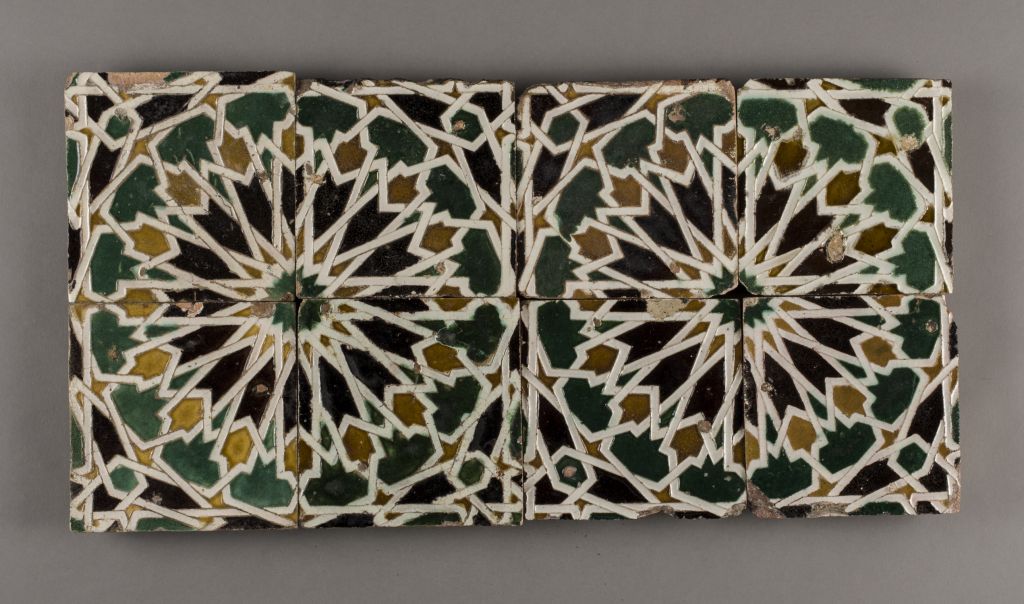Maudeen wrote: "Interesting article. . . .Was Christopher Columbus a Messianic Jew? http://www.ramsheadpress.com/messiah/ch16.html"
Decades ago, I read about generations of secret sects of Conversos residing in New Mexico. Here's one recent article discussing this topic, from Times of Israel printed in 2016. We must teach our children well, the lessons of the Reconquista and resultant voyages/discoveries of Columbus actually birthed the Judeo-Christian nation we treasure today to bypass Islamic hegemony.
- When the Spanish Inquisition expanded to the New World
At the New Mexico History Museum, a new exhibit shows how hidden Jews fled to the colonies after 1492, but still couldn't escape persecution
By Rich Tenorio August 16, 2016, 8:31 pm

Centuries before New Mexico became a US state in 1912, it was a frontier of the Spanish Empire. In that role, it became a link in the story of the Sephardim — the Jews of Spain who were forced in 1492 to convert to Christianity or leave their homeland.
Now, in an unprecedented combination of the Old World and the New, a Santa Fe museum exhibition is telling the story of the Sephardim, with a focus on the conversos — Jews who formally converted to Christianity and their descendants — who escaped to the Spanish colonies of Mexico and New Mexico.
Fractured Faiths: Spanish Judaism, The Inquisition, and New World Identities is on display at the New Mexico History Museum through December 31. In this comprehensive exhibition, viewers can see artifacts borrowed from over 20 institutions from Europe and the Americas — many brought together for the first time.
Among the exhibition’s jewels is one of just two documented Spanish copies of the Alhambra Decree, the 1492 edict signed by King Ferdinand and Queen Isabella, who ordered the Sephardim to convert or leave within 90 days. One of just two copies of the Alhambra Decree, declaring the expulsion of the Jews; Granada, Spain, 31 March 1492.

One of just two copies of the Alhambra Decree, declaring the expulsion of the Jews; Granada, Spain, 31 March 1492.
“It’s what started the whole movement, the diaspora,” said Josef Diaz, chief curator of the exhibit. “To think you had only three months to convert and change your entire belief system or flee. It’s very powerful. It’s a scary, powerful document. That’s the one that just moves me the most.”
There are other crucial images: architectural columns recalling the Moorish style of Santa Maria la Blanca, a 12th-century Toledo synagogue that became a church; Inquisition records of Dona Teresa de Aguilera y Roche, a 17th-century New Mexico governor’s wife jailed under suspicion of being Jewish; 20th-century gravestones from Catholic cemeteries in New Mexico with hints of Jewish roots.
“I think it’s essentially reifying an identity, through documents and artifacts, of the history of the diaspora,” said Frances Levine, a former director of the museum who helped conceptualize and develop the exhibit. “From the moment in 1492 when the writ of expulsion was issued, [it started a] chain of events and migrations that will ultimately bring you to New Mexico.”
The origin story
The origins of the Sephardim date to the destruction of Jerusalem’s Second Temple in 70 CE, when Jews are recorded as having fled to the Iberian peninsula.
“It really speaks to why Spain is its own kind of biblical Holy Land, at least for this people,” said Roger Martinez-Davila, a guest curator of the exhibition and a professor at the University of Colorado at Colorado Springs.
Around the year 1000, he said, “Sephardic Jews were doing quite well under Islam, and to some extent Christianity.”
The exhibit begins with Golden Age glimpses, such as a copy of “The Guide for the Perplexed,” the philosophical document written by Rabbi Moses ben Maimon, better known as Maimonides.

several more photos continue with remainder of this article at the link above.